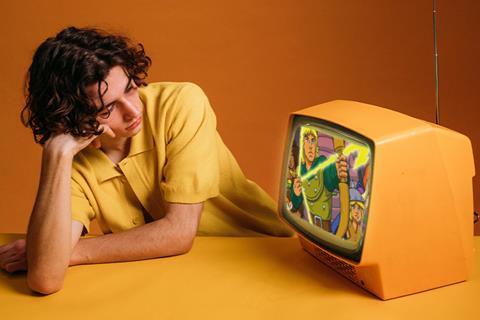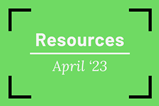Alex Taylor suggests that banning certain content won’t always work

When I was child, I was a big fan of the animated series Dungeons and Dragons. It was based on the role-playing game. It follows the adventures of a group of children who go on a little-used fairground ride and end up in another dimension. They meet the Dungeon Master and are given magical weapons to help them get home again. Now I don’t know why the Dungeon Master couldn’t just send them home again, without bothering with all that magical weapon nonsense, but I suppose that wouldn’t have made much of a cartoon.
However, my auntie didn’t think I should be allowed to watch it. My auntie and mum had very different approaches to what their children were allowed to read, watch and listen to. My auntie was much stricter than my mum, though I can’t tell you if she had watched it herself or whether she had just heard about some of the moral panic around the role-playing game.
In the 70s and 80s, there were concerns that the game encouraged suicide and murder, as well as being a gateway to Satanism and witchcraft. Although these fears were unfounded, the idea took hold, particularly in conservative Christian circles, with some campaigning against the game (and other role-playing games). And, as often happens with situations like this, the more it was supressed or criticised, the more people wanted to see what all the fuss was about, and the sales of the game almost quadrupled in just a year. (This phenomenon is often called the Streisand effect.)
And herein lies the difficult decision for us as parents and significant adults in a child’s life. What do we do when our children want to watch, read or play content that we don’t think is suitable for them?
Find Out
The first thing we need to do is find out for ourselves. So, watch the programme, check out the YouTube channel, read the book or play the game. It’s too easy to rely on the reports of others – the snippets people have heard about a comic or YouTuber, social-media posts about a series or the reviews of a programme on a streaming service.
Often these sources of information are unreliable. They often take half-truths or coincidental events and string them together to cause moral outrage. You can see this whenever a controversial piece of content is released – most of those who comment on the content have not read or watched it, rather they have just read a summary and distorted the most controversial points to get likes, clicks or retweets.
Discuss
Once you’ve engaged with it yourself, it would be constructive to have a discussion with your child or young person. Chat about what worries you and decide together what you are going to do about it. You might decide that your child can access the content with you. This will enable you to chat through any issues that arise. You might be able to find a similar alternative piece of content so that your child can still engage with the genre, but with something you think is more suitable for them. You might decide that you’re happy with your young person watching it, with the proviso that you can chat with them about it if they’re concerned.
Remember, banning something outright without any discussion or flexibility will often result in your child or young person trying to access it without your knowledge. This means that they’re watching a YouTube channel or playing a game that you’re not happy with, but without the safety net of being able to talk to you about it.
You know your children, you know the way you parent. Another parent’s decision about a particular TV programme or book may not be the same conclusion you come to. We need to guide our children through the myriad influences on their lives and development, as well as teaching them the skills so that they can make their wise decisions later in life. Showing them how to assess the content they consume will serve them well for many years ahead.































